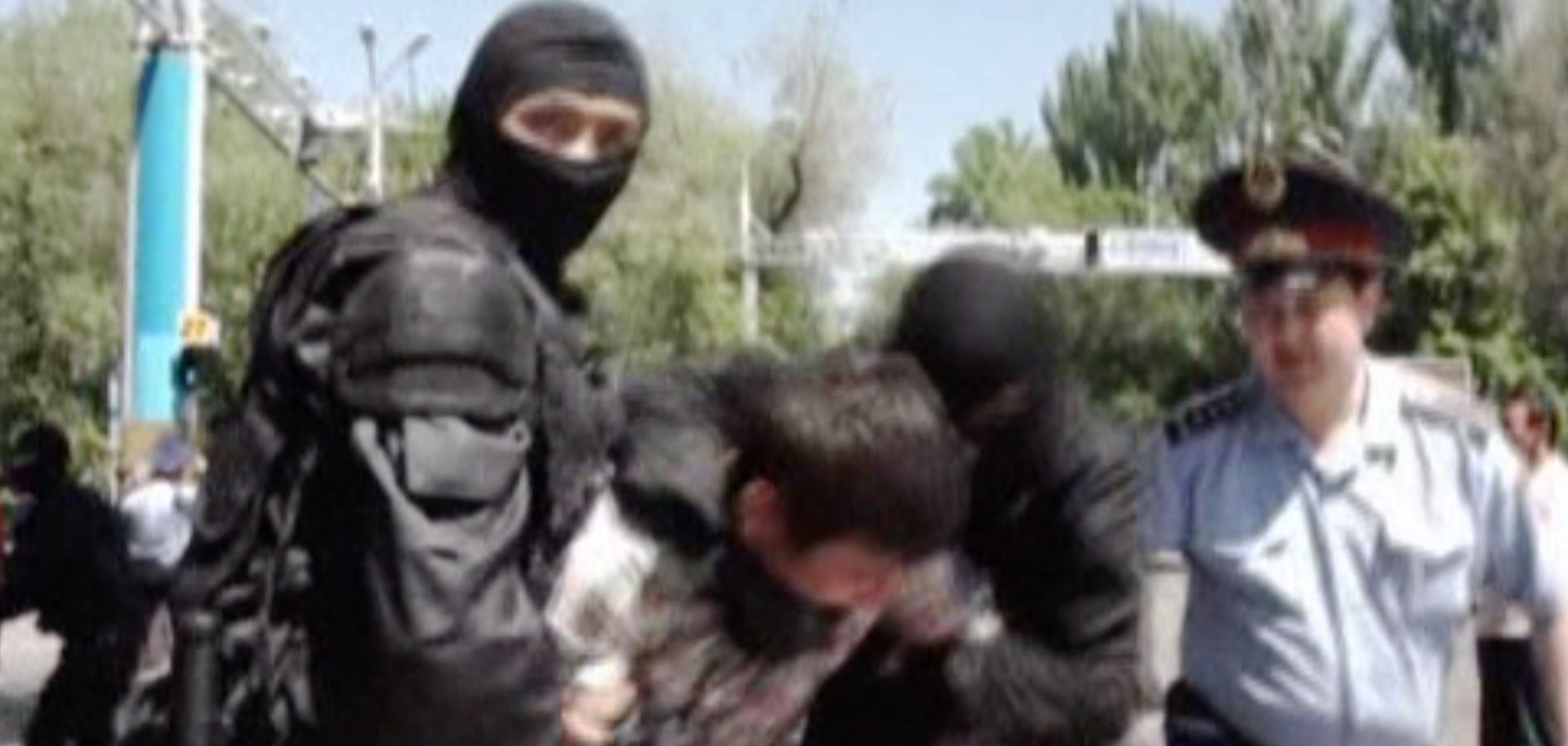ASSESSMENTS
The Weakness Behind Central Asia's Strongmen
May 23, 2016 | 23:26 GMT

(Reuters)
Summary
The former Soviet states of Central Asia are known for their strongly centralized, autocratic governments. Yet lately some leaders' efforts to keep opposition elements in check indicate underlying weakness. On May 21, protests occurred in Kazakhstan despite the government's considerable efforts to prevent them. In Tajikistan, a May 22 referendum showed near-universal support for a motion to abolish presidential term limits, a result that does not account for ongoing resistance movements. Both the Kazakh and Tajik governments wear a mask of strength, but referendums and relentless demonstrations merely reveal persistent complications within these countries and throughout the region.
Subscribe Now
SubscribeAlready have an account?
